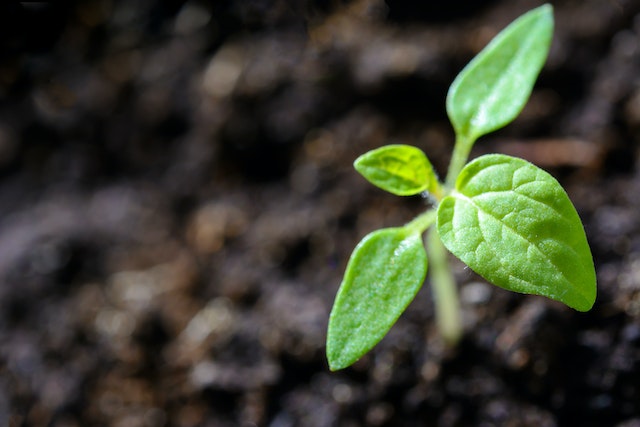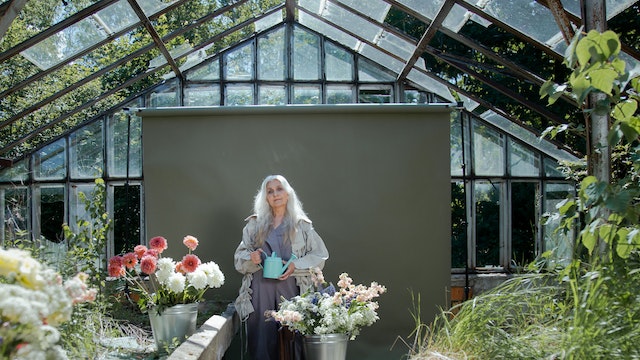Growing plants, whether as a pastime or for profit, is known as gardening. Many individuals like gardening as a leisure activity, with millions of families participating annually.
Growing one’s food, improving one’s surroundings, and strengthening one’s connection with nature are just a few of the numerous rewards of gardening. Gardening can double as a workout because of the strenuous labor involved in tasks like planting and weeding.
A different type of gardening comes in a wide variety of styles, each with its own set of advantages and disadvantages. There is a form of gardening for everyone, from those with little time and space to those with more, such as conventional vegetable growing and planting in containers.
Gardening, in whatever form it takes, is a hobby that calls for the gardener’s time, effort, and patience. It takes dedication but is worth it if you’re seeking a gratifying and meaningful pastime. Some of the most well-liked home garden approaches will be discussed here.
Table of Contents
#1. Vegetable Gardening

One of the most common forms of home gardening is vegetable gardening. Vegetables are grown in the garden or in containers. Growing your vegetables is a fantastic method to cut food costs without sacrificing the quality of your diet. It’s also something kids can do that’s both entertaining and instructive.
It’s crucial to choose the correct spot while planting a vegetable garden. Select a location that receives at least six hours of sunshine daily since most veggies need this. Soil preparation includes amending the soil with compost or other organic materials. Tomatoes, cucumbers, peppers, lettuce, and beans are all highly sought-after crops.
#2. Growing Herbs

Growing herbs at home is another type of gardening. Herb gardening is the practice of cultivating herbs for use in cooking or medicine. Herbs may be produced in pots or on the ground, and both types can enhance food’s flavor and nutritional value.
If you want to create a herb garden, choose herbs that are simple to tend and those you use often in your kitchen. Basil, thyme, oregano, parsley, and rosemary are all great examples of easy-to-grow herbs. Herbs like chamomile and peppermint are easy to produce and make delicious teas.
#3. Flower Gardening

Adding color and charm to your house is as easy as planting flowers. You just grow flowers outside or in pots. Pollinators might be attracted to your garden as you enjoy a relaxing activity.
Plant climate-appropriate flowers that bloom continuously to get the most out of your flower garden. Roses, sunflowers, zinnias, and daisies are just a few examples of widely cultivated flowering plants.
#4. Container Gardening

Container gardening is a terrific choice if you want to cultivate plants but have a small yard or balcony. Growing vegetation in pots, baskets, and similar containers.
It’s essential to start a container garden with plants that can survive in the quantity of sunshine available and the size of the container you’ve chosen. Herbs, vegetables, flowers, and even tiny trees may all be successfully grown in pots.
#5. Raised Bed Gardening
Growing plants on a raised bed requires using a sturdy material like wood or stone. Raised beds are a good choice if you have poor soil or prefer to avoid bending over as much when tending your plants.
To get the most out of your raised bed garden, set it up in a sunny, convenient spot. The raised bed should be filled with organically rich soil, such as compost or aged manure. Tomatoes, peppers, lettuce, and strawberries are some of the most common plants grown on raised beds.
#6. Vertical Gardening
Plants are “vertically gardened” when grown on a wall or trellis. Vertical gardening is the way to go if you’re short on square footage or want to build a living wall.
Starting a vertical garden with plants that can thrive in the available light and moisture is essential. Tomatoes, cucumbers, beans, and herbs are some of the most common plants in vertical gardens.
#7. Fruit Tree Gardening

Planting fruit trees like apples, pears, and peaches in your yard is known as “fruit tree gardening.” When done correctly, this gardening style may provide delicious, homegrown fruit.
Plant the appropriate trees in the best possible spots to get the best results from your fruit tree garden. Fruit trees need full sun and loose, fertile soil to thrive. If you want your trees to succeed and provide plenty of fruit, you’ll need to trim and care for them.
#8. Butterfly and Pollinator Gardening

Gardening for butterflies and other pollinators entails planting flowers and other plants that are attractive to and beneficial for pollinators, like bees and butterflies. If you’re about protecting the planet and helping wildlife thrive, this gardening is for you.
Choose milkweed, bee balm, and coneflower, among other pollinator-friendly plants, to populate your new butterfly and pollinator garden. Including elements like a bee hotel or butterfly house will give nesting areas and protection for these insects.
#9. Xeriscaping
The goal of xeriscaping is to create a landscape using as little water and as little maintenance as possible. This kind of gardening is ideal for those who are water-conscious or who live in arid regions.
Plants that survive extended periods without water are ideal for a xeriscape landscape. Mulch, boulders, and permeable pavement are good examples of landscape elements that may be used to keep the soil wet.
#10. Aquaponics

Aquaponics is the controlled environment cultivation of plants and fish. Those who desire to raise their food sustainably and efficiently would benefit significantly from this gardening.
Aquaponics requires the installation of both a fish tank and a recirculation system to provide water and nutrients to the plants. Herbs, vegetables, and fruit trees may be grown successfully in aquaponic systems.
Conclusion
Each kind of gardening that may be done at home has its unique challenges and possibilities. If you want to grow food, herbs, flowers, or even a living wall, you only need to choose a gardening technique that will work for you. Gardening may not only increase the visual value of your home, but it can also be a satisfying activity for the whole family to participate in together.

